Home>Technology>Smart Home Devices>What Printer Prints White Ink
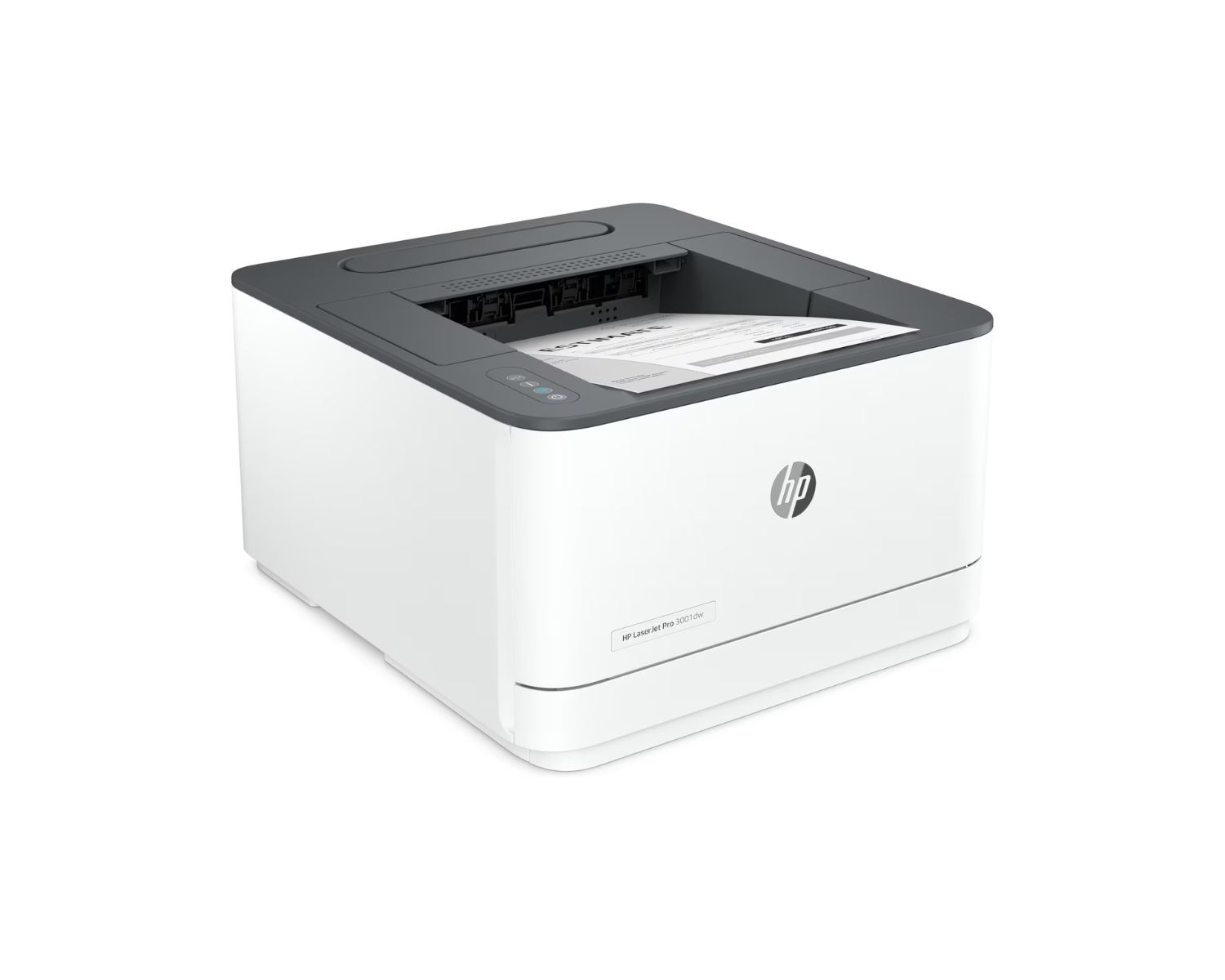

Smart Home Devices
What Printer Prints White Ink
Modified: January 14, 2024
Looking for a printer that can print white ink for your smart home devices? Find the best options and tips for printing white ink at home. Discover the perfect solution for your printing needs.
(Many of the links in this article redirect to a specific reviewed product. Your purchase of these products through affiliate links helps to generate commission for Storables.com, at no extra cost. Learn more)
**
Introduction
**
Printing technology has evolved significantly over the years, offering a wide range of capabilities and possibilities. One of the intriguing advancements in printing is the ability to print with white ink. While traditional printing methods predominantly rely on the use of colored inks, the introduction of white ink printing has opened up new avenues for creativity and design. In this article, we will explore the fascinating world of white ink printing, including the technology behind it, the types of printers capable of this process, considerations when using white ink printers, and the diverse applications of white ink printing.
White ink printing has revolutionized the printing industry by enabling the production of vibrant and visually striking prints on various materials. Whether you are a designer, artist, or business owner seeking to elevate your printed materials, understanding the intricacies of white ink printing and its applications can be immensely beneficial. Join us as we delve into the realm of white ink printing and uncover its potential to transform the way we perceive and utilize printed media.
**
Key Takeaways:
- White ink printing revolutionizes design by allowing vibrant prints on various materials, offering new creative possibilities for artists, designers, and businesses.
- Specialized printers like UV flatbed, DTG, wide-format, and industrial printers are essential for executing white ink printing, each tailored to specific printing requirements and applications.
Read more: Why Is My Printer Not Printing Ink
Understanding White Ink Printing
**
White ink printing is a unique and innovative process that involves the use of white ink as a primary or accent color in printed materials. Unlike traditional printing methods that rely on the absence of ink to create white areas, white ink printing allows for the direct application of white ink onto various substrates, including colored and transparent materials. This capability opens up a myriad of creative possibilities, enabling the production of visually striking designs with enhanced vibrancy and contrast.
One of the key considerations in white ink printing is the opacity of the ink. Achieving the desired level of opacity is crucial, especially when printing on dark or colored substrates, as it ensures that the white ink effectively covers the underlying surface, resulting in crisp and vivid prints. Additionally, white ink printing often involves specialized printing techniques to optimize the adhesion and durability of the ink, particularly on non-traditional surfaces such as plastics, metals, and textured materials.
Understanding the intricacies of white ink printing also involves familiarity with the printing equipment and technology employed in the process. White ink printers are designed to accommodate the unique properties of white ink, including its viscosity and reflective qualities. These printers are equipped with advanced ink delivery systems and print heads that facilitate the precise application of white ink, ensuring consistent and high-quality results across various print jobs.
Furthermore, the interplay between white ink and other colored inks in multi-color printing processes adds another dimension to the versatility of white ink printing. By strategically incorporating white ink alongside colored inks, designers and printers can achieve captivating effects, such as vibrant prints on transparent materials, subtle white accents on colored backgrounds, and intricate layered designs that captivate the viewer’s attention.
Overall, understanding white ink printing involves recognizing its potential to elevate the visual impact of printed materials, expand creative possibilities, and cater to diverse printing needs across industries. As we delve deeper into the realm of white ink printing, we will explore the types of printers capable of executing this innovative process and the considerations essential for achieving optimal results.
Types of Printers That Can Print White Ink
White ink printing requires specialized printers equipped to handle the unique properties of white ink and deliver exceptional results across various substrates. Several types of printers are capable of executing white ink printing, each offering distinct advantages and applications.
- UV Flatbed Printers: UV flatbed printers are well-suited for white ink printing on a diverse range of materials, including rigid substrates such as acrylic, wood, metal, and glass. These printers utilize ultraviolet-curable inks, including white ink, which are cured instantly upon exposure to UV light, resulting in durable and vibrant prints with exceptional adhesion. UV flatbed printers excel in producing high-resolution white ink prints with precise registration, making them ideal for signage, promotional displays, and custom décor applications.
- DTG (Direct-to-Garment) Printers: DTG printers are designed for printing on textiles and apparel, offering the capability to print white ink directly onto dark-colored garments. By leveraging specialized white ink formulations and advanced print heads, DTG printers can achieve opaque and durable white ink prints on various fabric types, enabling the creation of captivating designs on t-shirts, hoodies, and other apparel items.
- Wide-Format Printers: Wide-format printers equipped with white ink capabilities cater to the production of large-scale graphics and signage on flexible materials such as vinyl, canvas, and fabric. These printers leverage advanced ink delivery systems to ensure consistent and reliable white ink printing, making them indispensable for applications ranging from outdoor banners and vehicle wraps to exhibition graphics and interior décor.
- Industrial and Commercial Printers: Industrial and commercial printing systems encompass a diverse range of printers tailored to specific applications, including packaging, labels, and specialty products. Many of these printers feature white ink printing options, enabling the creation of eye-catching packaging designs, vibrant labels on transparent materials, and intricate patterns with white ink accents.
Each type of printer capable of white ink printing offers unique advantages and is tailored to specific printing requirements, materials, and applications. Whether you are seeking to produce stunning graphics on rigid substrates, vibrant designs on textiles, or captivating signage for diverse environments, the availability of white ink printing across various printer types facilitates the realization of creative visions with precision and impact.
When looking for a printer that can print white ink, make sure to search for “UV printers” or “DTG printers” as these are the types of printers that are capable of printing white ink on various materials.
Considerations When Using White Ink Printers
While white ink printing opens up a world of creative possibilities, it also necessitates careful consideration of various factors to ensure optimal results and operational efficiency. Whether you are a designer, print professional, or business owner exploring the potential of white ink printing, the following considerations are essential for leveraging this innovative technology effectively:
- Substrate Compatibility: Different white ink printers may have specific substrate compatibility requirements. It is crucial to select substrates that are suitable for white ink printing and compatible with the chosen printer type. Understanding the characteristics of various substrates, such as their texture, porosity, and color, is essential for achieving exceptional white ink prints with the desired visual impact and durability.
- Ink Opacity and Layering: Achieving the desired opacity of white ink, especially when printing on colored or dark substrates, requires careful consideration of ink formulations and layering techniques. Proper ink density, print settings, and layering strategies play a pivotal role in ensuring that the white ink effectively covers the underlying surface, resulting in crisp and vibrant prints that meet the intended design specifications.
- Color Management and Registration: White ink printing often involves intricate color management and registration processes, particularly in multi-color printing scenarios. Ensuring accurate color reproduction, seamless registration of white ink with other colored inks, and consistent print quality across various print jobs demand meticulous attention to detail and the utilization of advanced color management tools and techniques.
- Print Head Maintenance and Cleaning: White ink printers require regular maintenance and cleaning to preserve the performance and reliability of print heads, especially due to the unique properties of white ink, such as its higher viscosity and potential for settling. Implementing proactive print head maintenance protocols and utilizing compatible cleaning solutions are essential for minimizing downtime and maximizing the longevity of the printer’s components.
- Workflow Optimization: Integrating white ink printing into existing production workflows necessitates efficient job preparation, file handling, and print queue management. Streamlining the workflow for white ink printing, including color separations, print job scheduling, and substrate handling, can enhance productivity and minimize potential errors, resulting in seamless and cost-effective production processes.
By carefully addressing these considerations when using white ink printers, individuals and businesses can harness the full potential of white ink printing technology, delivering captivating and durable prints across a diverse range of applications. Whether creating intricate designs on promotional materials, producing striking graphics for retail displays, or personalizing apparel with vibrant prints, the thoughtful integration of white ink printing elevates the visual impact and quality of printed materials, leaving a lasting impression on viewers and consumers alike.
**
Applications of White Ink Printing
**
White ink printing has transcended traditional printing boundaries, offering a wealth of applications across diverse industries and creative endeavors. The unique capabilities of white ink printers have empowered designers, businesses, and artists to explore innovative avenues for visual expression and brand communication. From custom signage and packaging to personalized merchandise and artistic creations, the applications of white ink printing are as diverse as they are impactful.
Custom Signage and Displays: White ink printing is instrumental in producing captivating signage and displays with exceptional visual appeal and durability. Whether creating eye-catching window graphics, dimensional signs, or promotional displays, white ink printing enables the incorporation of opaque white elements that stand out on various substrates, including clear acrylic, colored panels, and rigid materials. The ability to achieve vibrant prints with white ink enhances brand visibility and messaging in retail, hospitality, and exhibition environments.
Personalized Apparel and Merchandise: The versatility of white ink printing extends to the customization of apparel and merchandise, allowing for the creation of striking designs on dark-colored garments, accessories, and promotional items. Whether printing intricate patterns, bold graphics, or subtle accents, white ink printing on textiles offers a level of creative freedom and visual impact that resonates with fashion, lifestyle brands, and personalized merchandise providers.
Package Design and Labeling: White ink printing plays a pivotal role in packaging and labeling applications, enabling the production of captivating designs on transparent, colored, or metallic substrates. From premium product packaging to specialty labels and promotional packaging, white ink printing enhances brand differentiation and shelf appeal, creating visually stunning packaging solutions that command attention and convey product quality.
Artistic and Creative Expression: Artists and creators leverage white ink printing to realize their artistic visions on various mediums, including canvas, wood, and specialty papers. The ability to incorporate opaque white elements in art prints, limited editions, and mixed media creations adds depth, contrast, and visual intrigue, expanding the possibilities for artistic expression and collectible works.
Specialty Applications and Decorative Prints: White ink printing lends itself to specialty applications, such as producing decorative prints on custom interior décor, architectural elements, and specialty products. Whether creating bespoke wall art, personalized home accents, or unique promotional items, white ink printing enables the realization of intricate designs with vivid white details, enriching the visual impact of the printed materials.
The diverse applications of white ink printing underscore its transformative potential across industries, design disciplines, and creative pursuits. Whether enhancing brand communication, enabling personalized experiences, or elevating artistic expression, white ink printing continues to inspire innovative approaches to visual storytelling and printed media, leaving a lasting impression on audiences and consumers alike.
Read more: What Is In Printer Ink
Conclusion
White ink printing represents a dynamic convergence of technology, creativity, and visual impact, offering a versatile and compelling approach to printed media. The evolution of white ink printing has redefined the possibilities of graphic communication, enabling designers, businesses, and artists to unleash their creative visions with unprecedented vibrancy and precision. As we conclude our exploration of white ink printing, it is evident that this innovative technology has transcended traditional printing constraints, empowering individuals and industries to elevate their printed materials and captivate audiences in diverse ways.
From the seamless integration of opaque white elements in custom signage and displays to the personalized touch of vibrant white prints on apparel and merchandise, white ink printing has become a cornerstone of visual storytelling and brand communication. Its applications extend beyond conventional printing realms, encompassing packaging design, artistic expression, and specialty decorative prints, each bearing the hallmark of exceptional visual impact and creative ingenuity.
As white ink printing continues to evolve, its potential to transform the landscape of printed media remains boundless. The ongoing advancements in white ink technology, substrate compatibility, and print quality assurance further underscore the enduring relevance and impact of white ink printing across industries and creative disciplines. Whether it’s the meticulous registration of white ink with colored inks, the precise layering techniques for optimal opacity, or the seamless integration of white ink into diverse production workflows, the pursuit of excellence in white ink printing continues to inspire innovation and elevate the standard of printed materials.
Ultimately, the allure of white ink printing lies in its ability to transcend the ordinary and infuse printed media with unparalleled visual depth, contrast, and allure. By harnessing the capabilities of white ink printers and embracing the considerations essential for achieving exceptional results, individuals and businesses can embark on a journey of creative exploration and brand differentiation that resonates with audiences and consumers on a profound level.
As we look to the future of printing and visual communication, the impact of white ink printing will undoubtedly continue to shape the way we perceive, create, and interact with printed materials, leaving an indelible mark on the artistry and innovation of graphic expression.
Frequently Asked Questions about What Printer Prints White Ink
Was this page helpful?
At Storables.com, we guarantee accurate and reliable information. Our content, validated by Expert Board Contributors, is crafted following stringent Editorial Policies. We're committed to providing you with well-researched, expert-backed insights for all your informational needs.

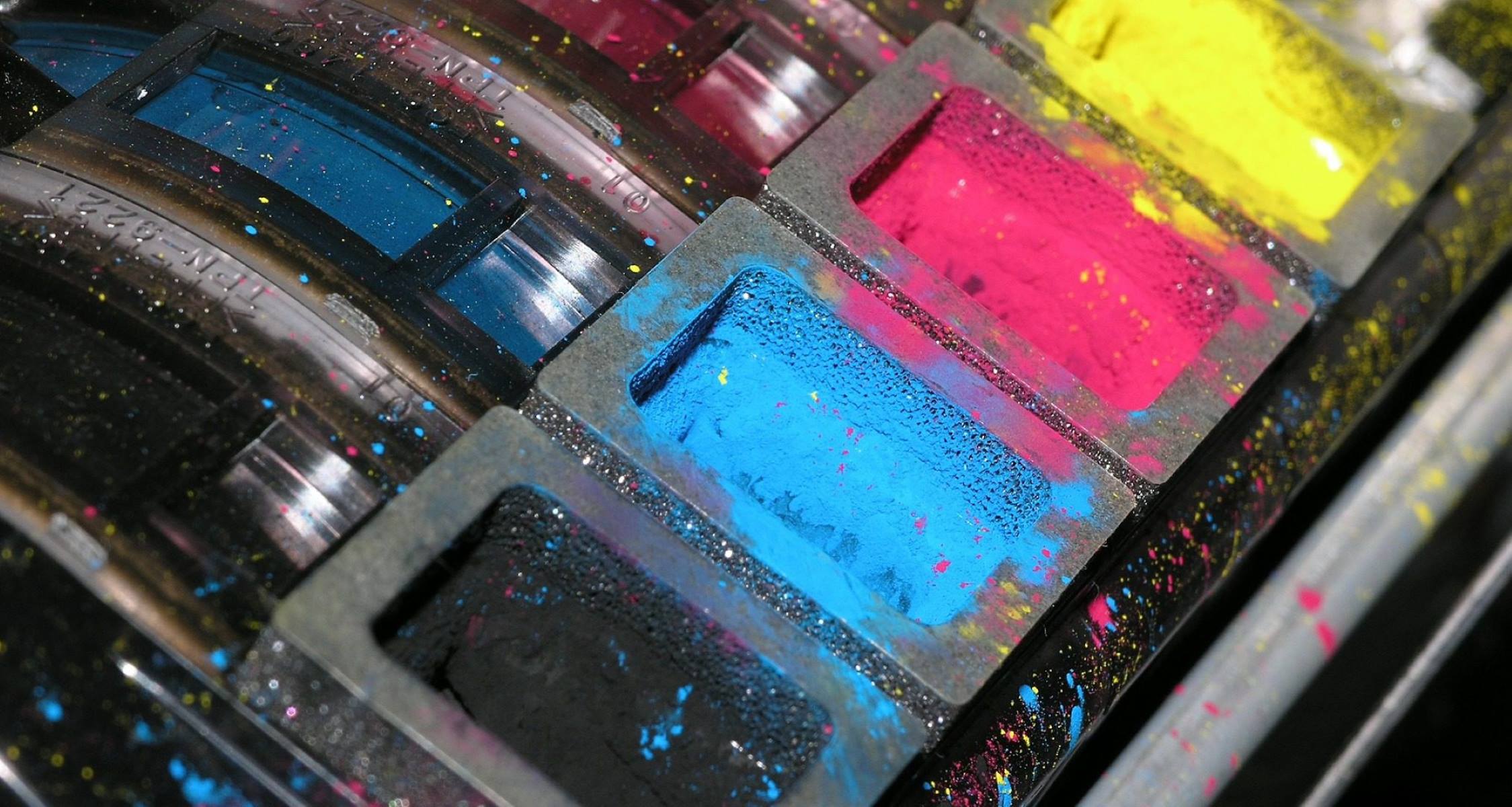

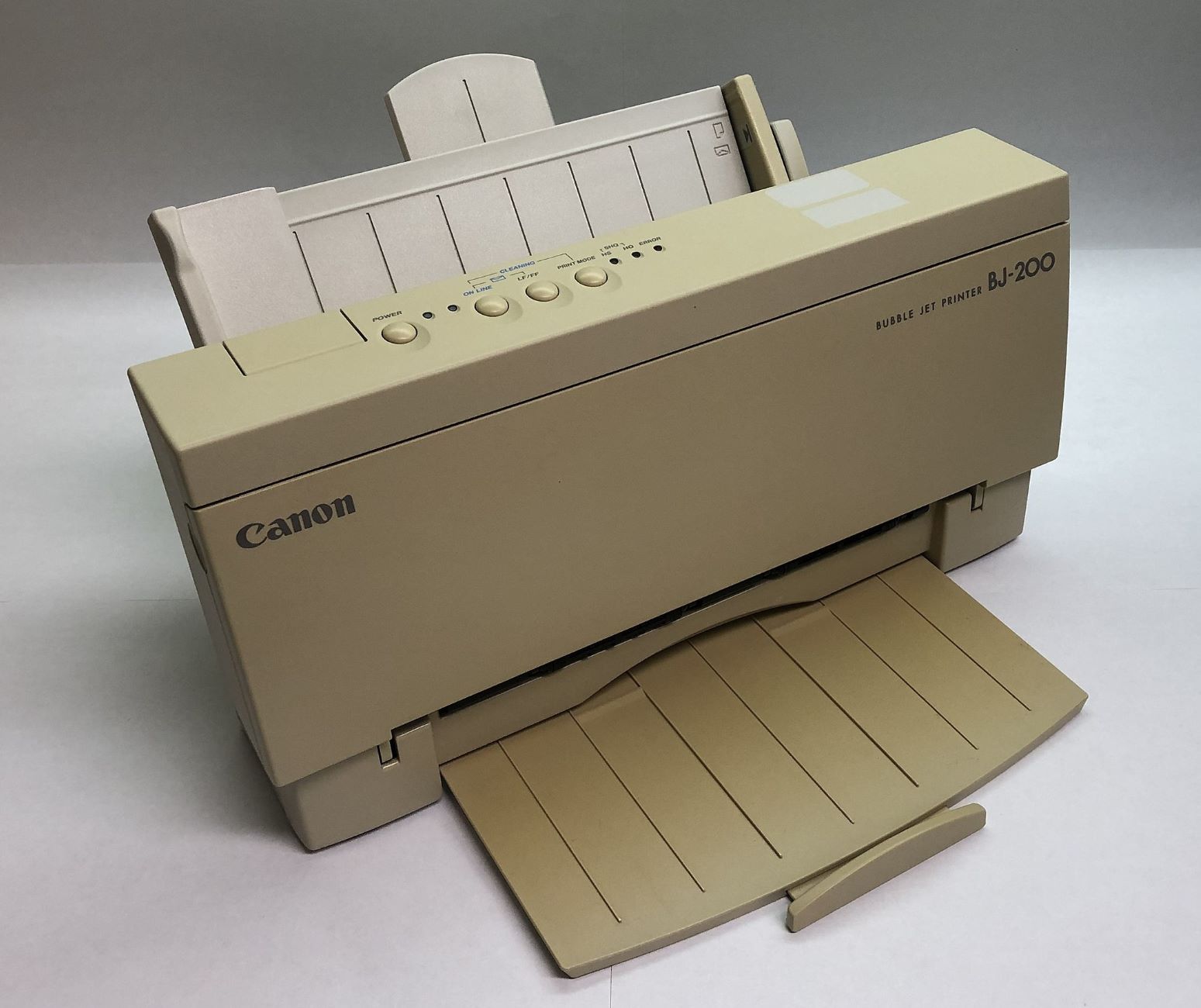
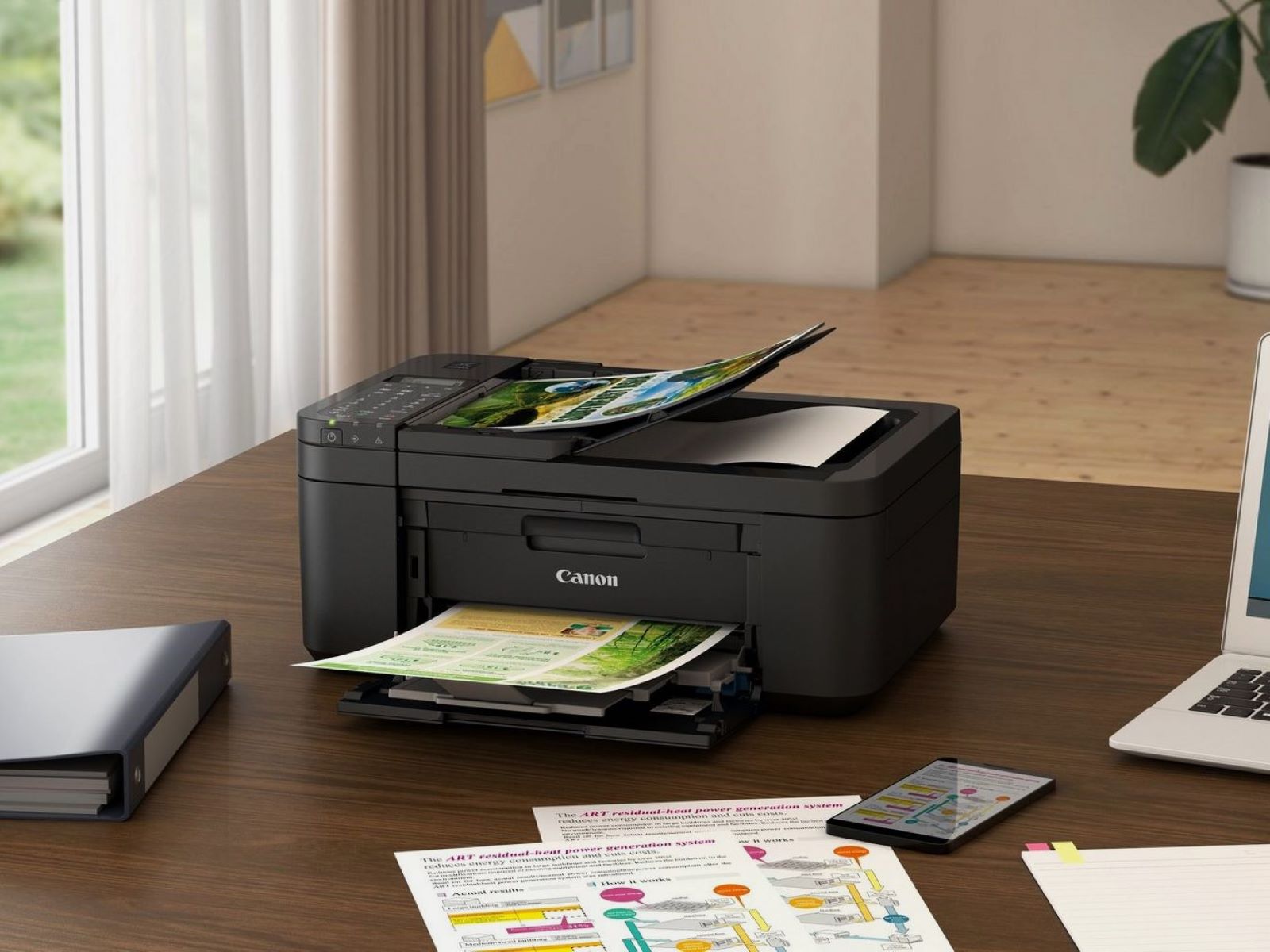

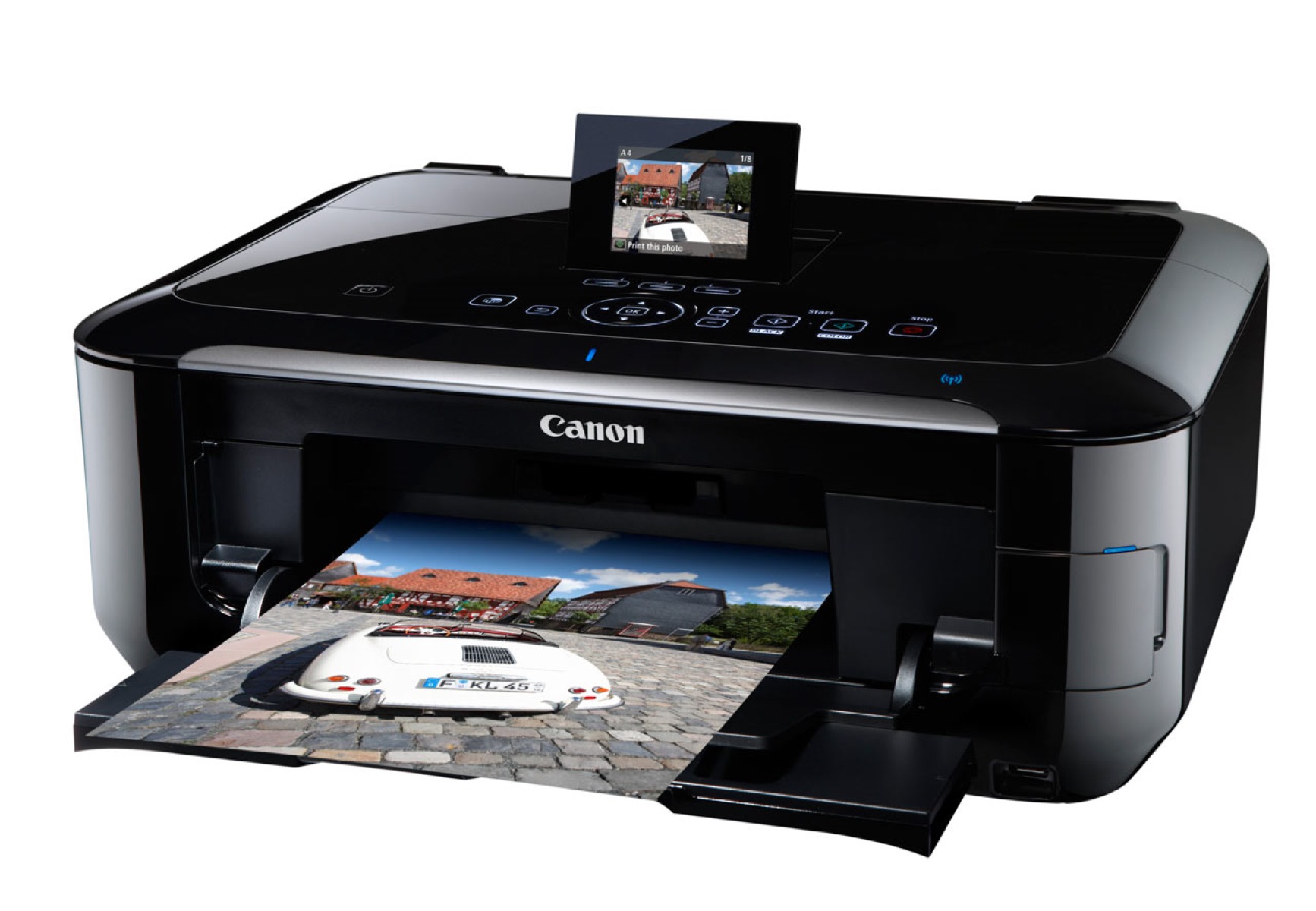
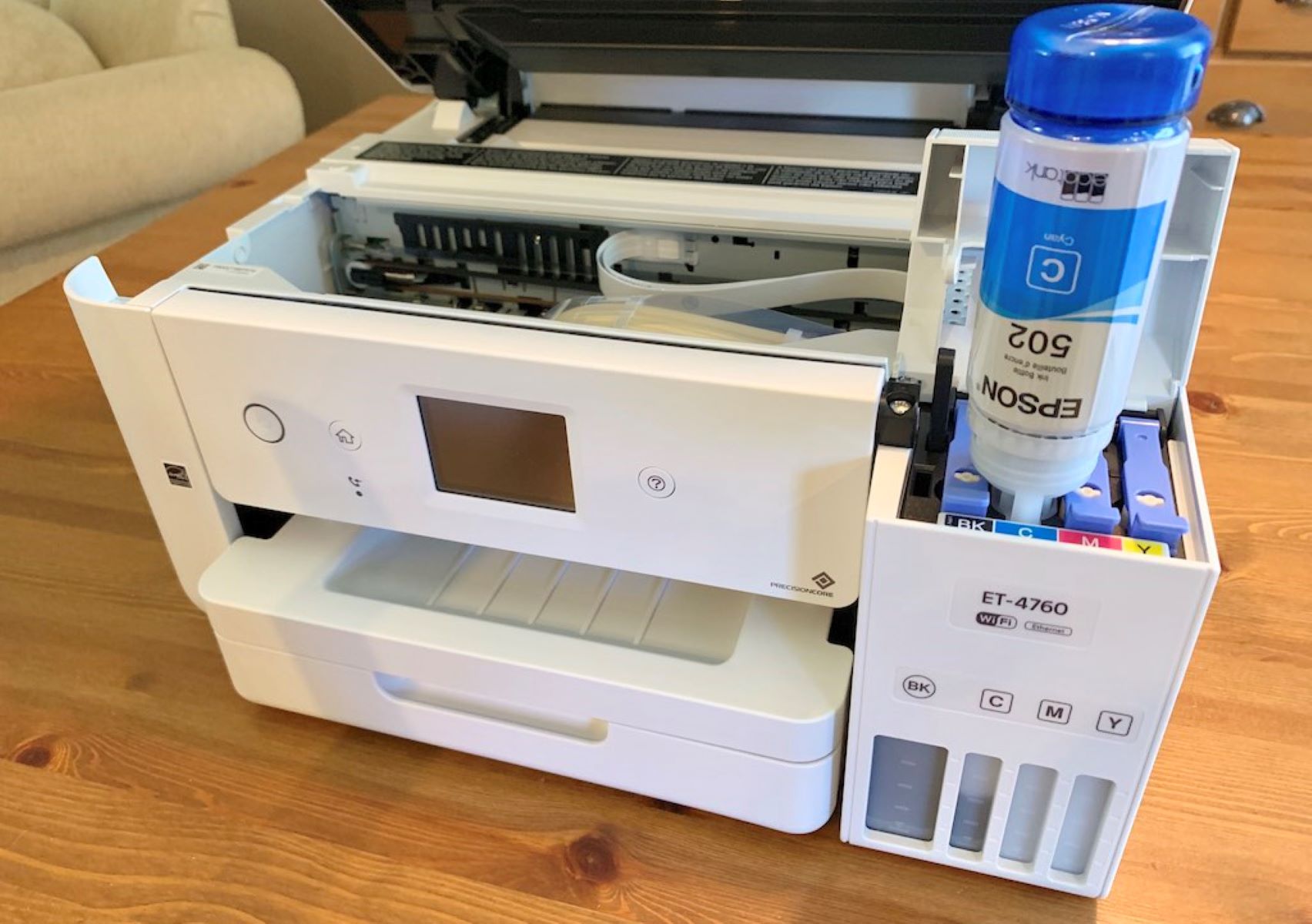
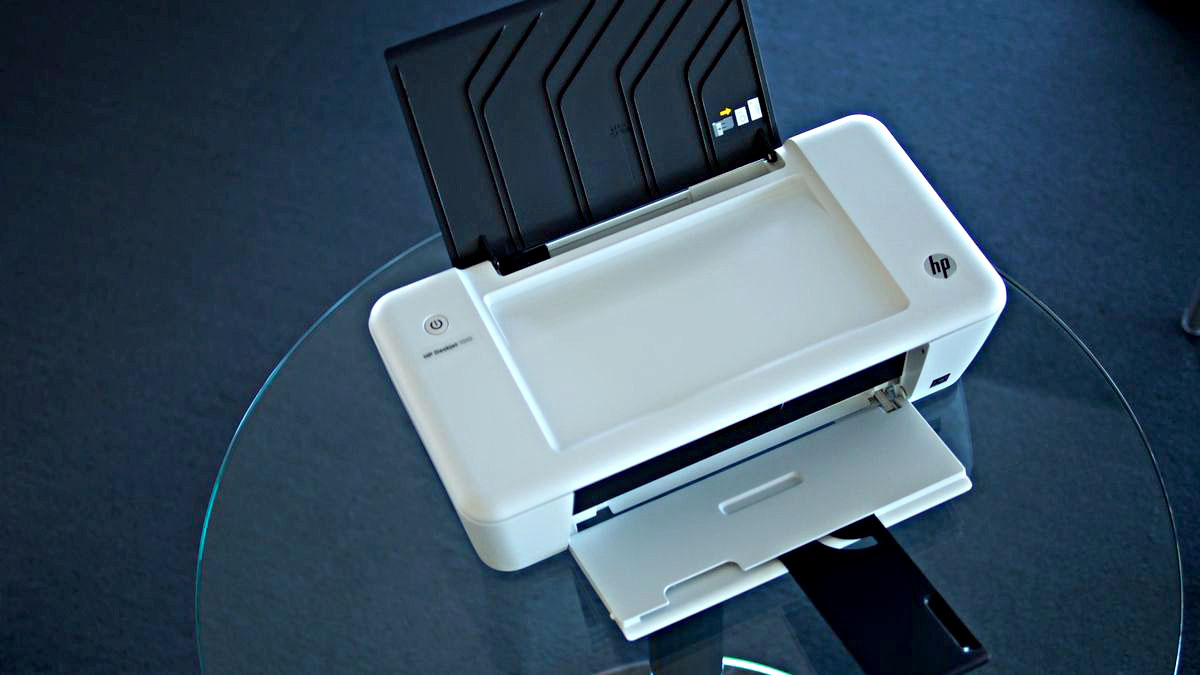
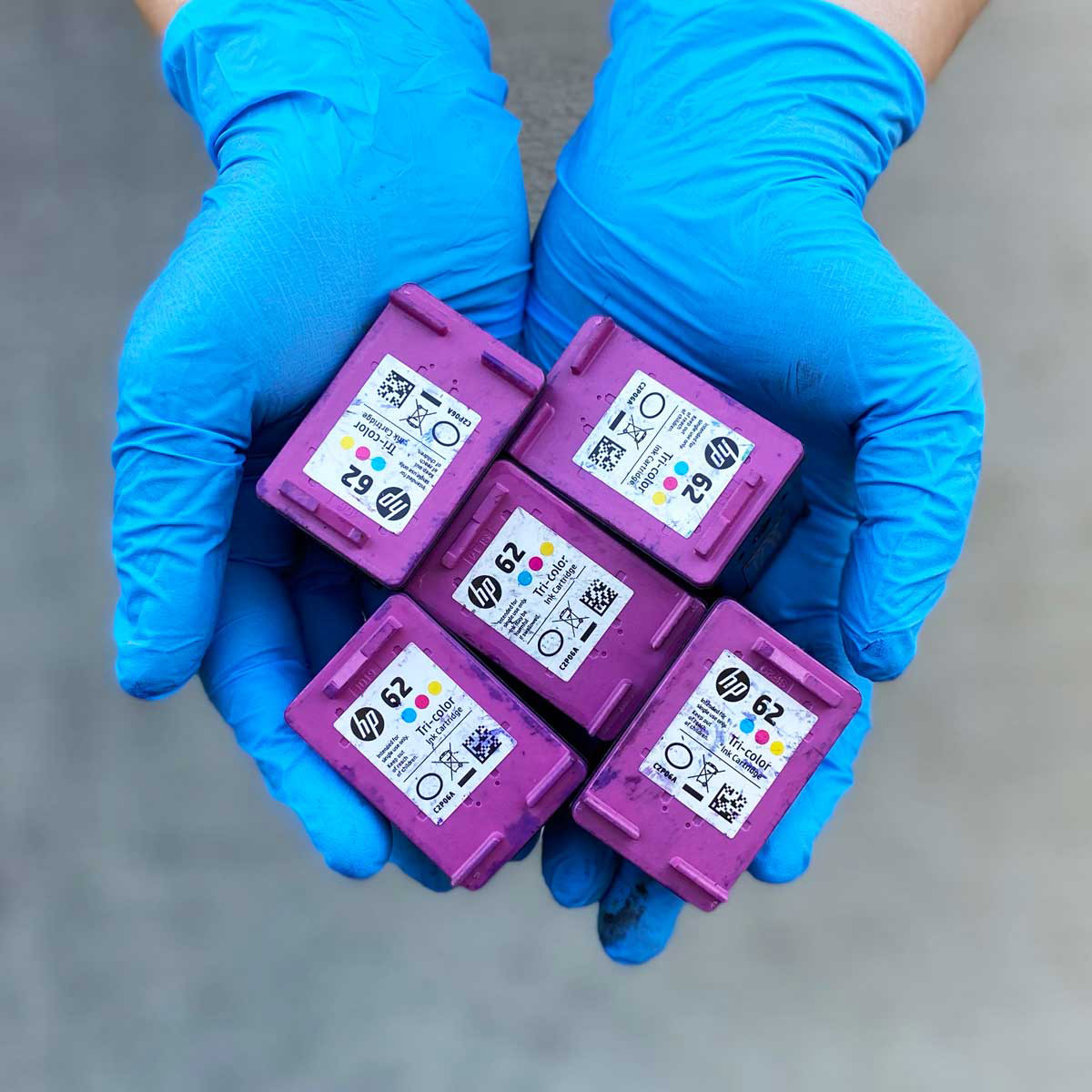
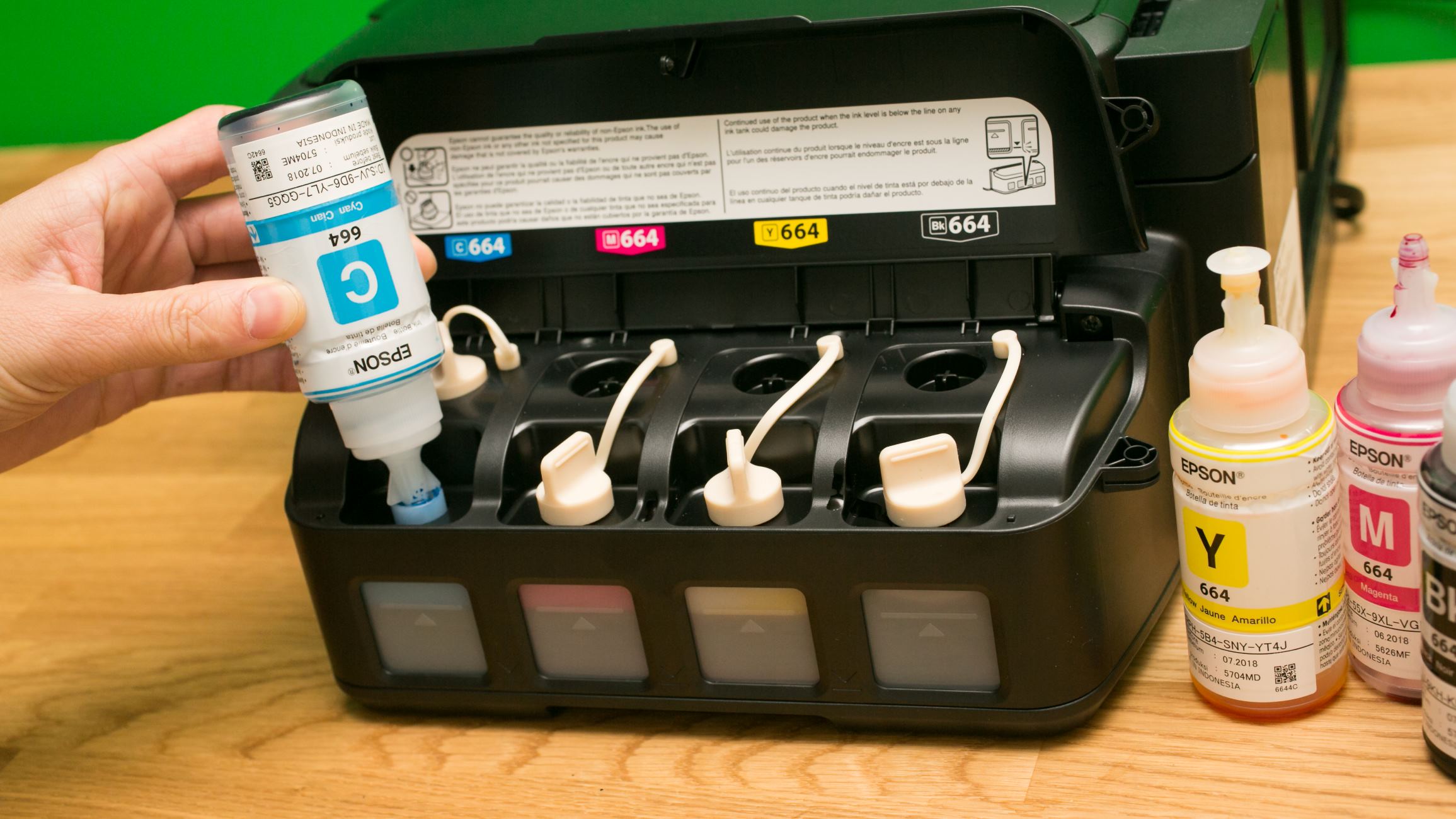
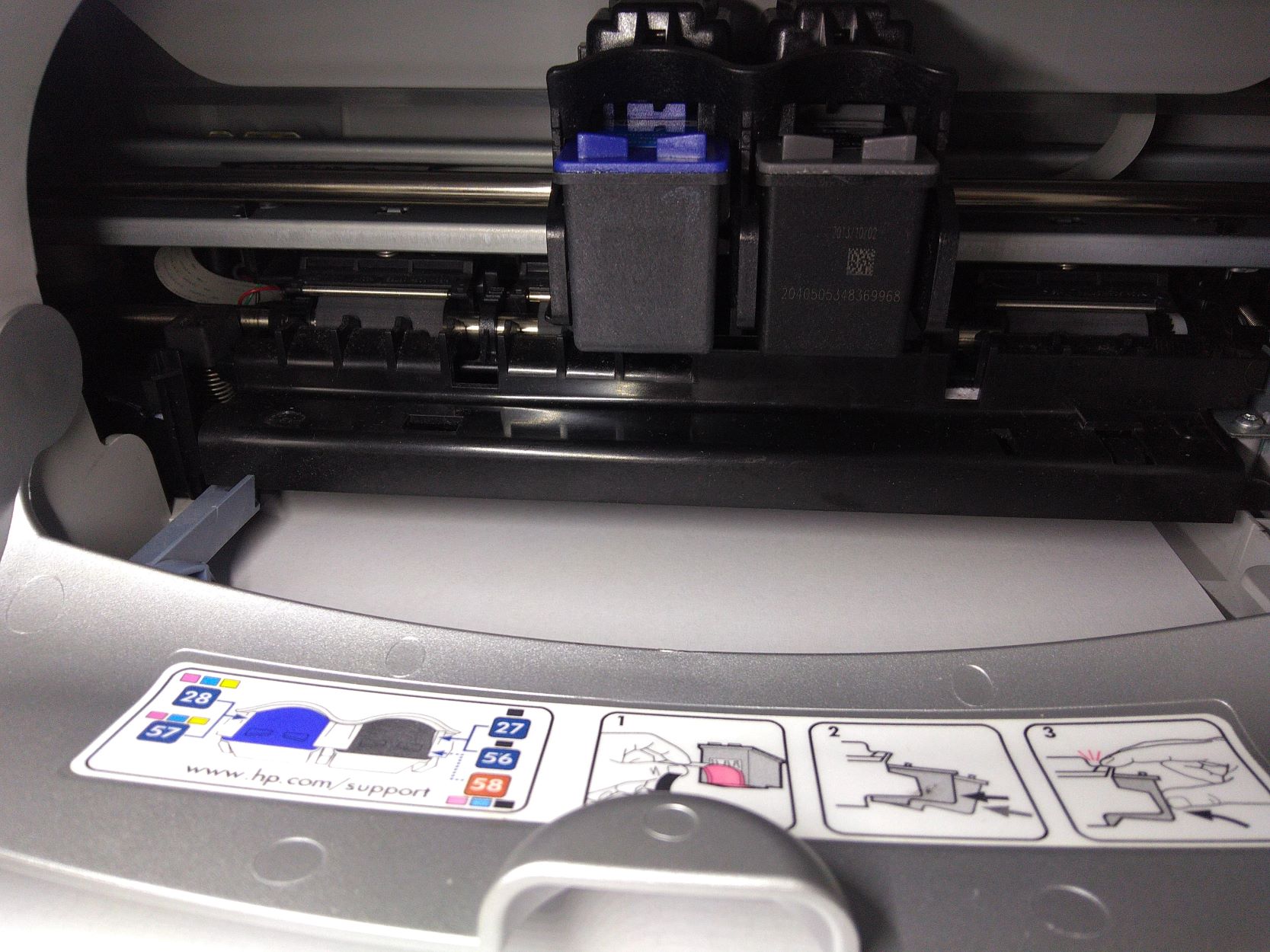
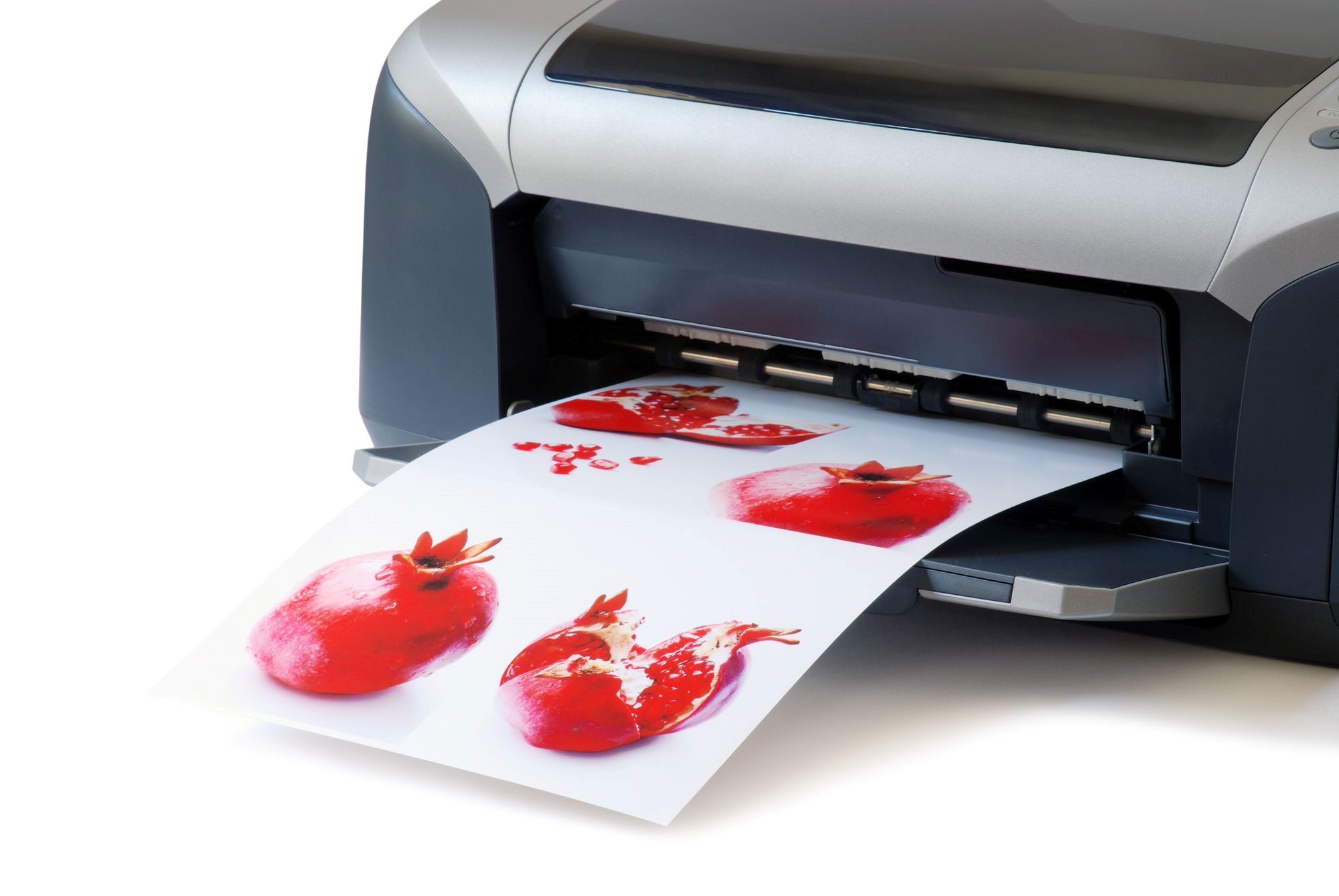
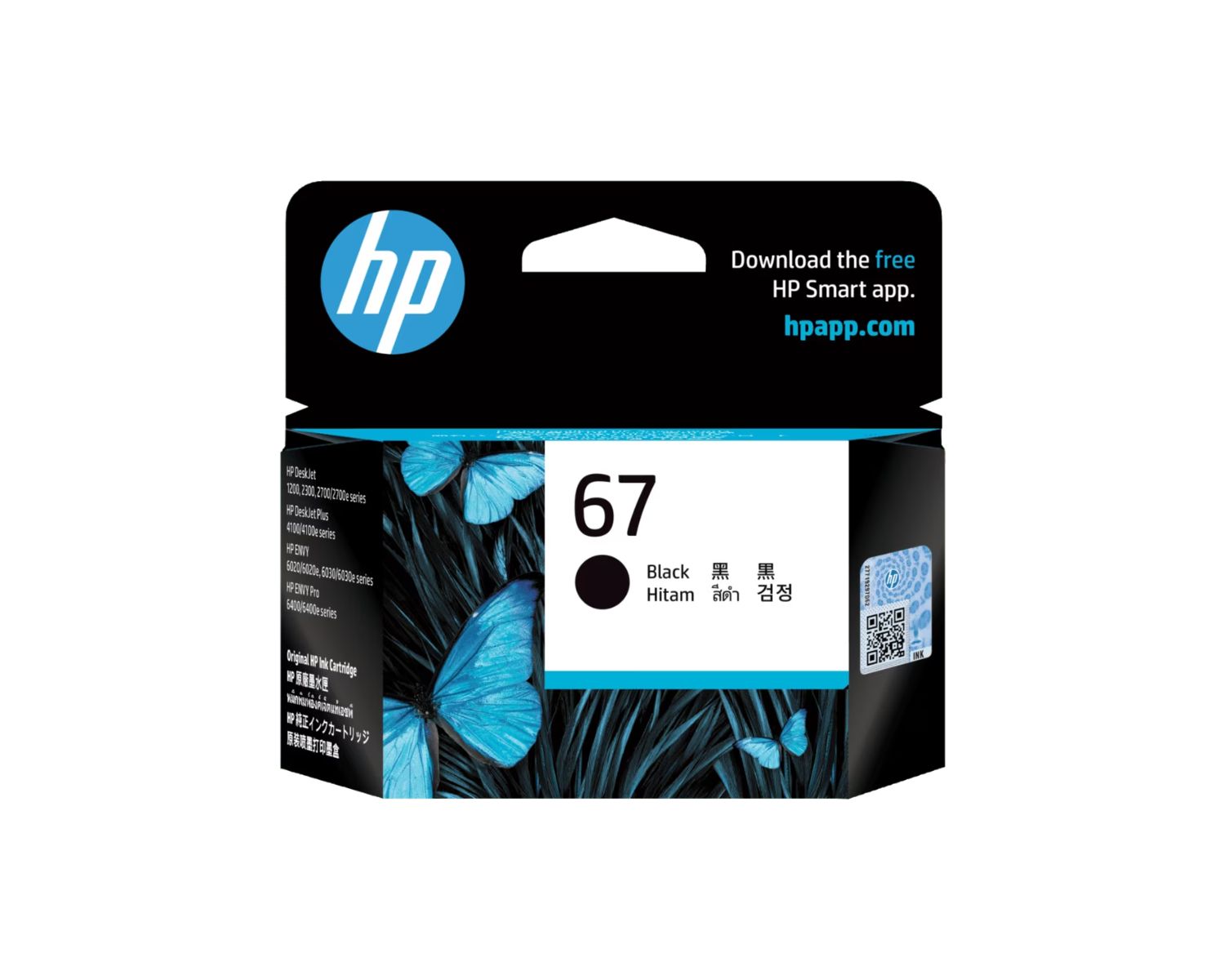

0 thoughts on “What Printer Prints White Ink”